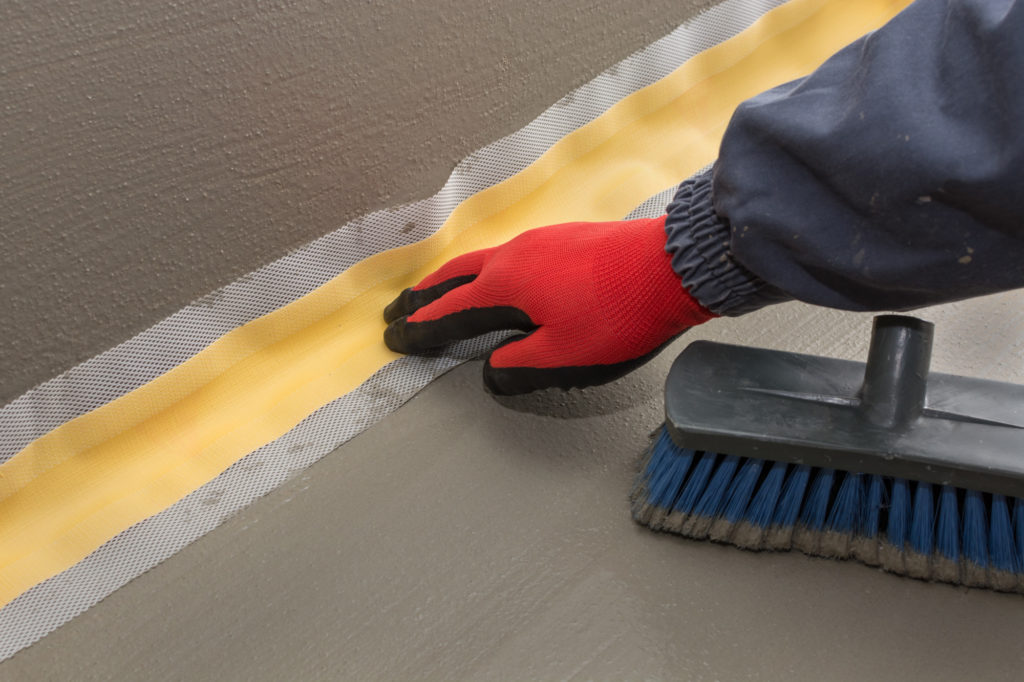
Have you ever put your hand on your basement wall and realized it was wet? Or have you noticed worrying moisture stains in your basement that aren’t going away? If so, the potential for water damage and health risks from mold is high.
While cost concerns may have prohibited you from waterproofing, the basement wall waterproofing cost will always be less than the cost of significant repairs. Unfortunately, if your basement is wet consistently, then the question of damage is not “if”; it’s “when.”
Sound familiar? Then, keep reading for essential basement wall waterproofing tips.
When waterproofing basement walls, remember, fighting nature is futile; water will go where it wants to go. Your safest bet is to ensure it doesn’t sit around your foundation or against your windows. Window wells are one way to accomplish that.
You can install a window well by digging a one-foot trench below the window. Then, fill the hole with rocks and gravel, which allow for quick drainage. The last step is to install a window well cover for protection.
One of the first steps of foundation waterproofing is to seal all the cracks with hydraulic cement. Additives in the cement allow it to expand after you apply it. The expansion propels the cement deeper into all the hairline cracks and tributaries before setting.
You should always consult with a contractor if you notice large or excessive cracks in your walls or floor because this could be a sign of a serious issue.
Before thinking about waterproofing, you must first assess where the moisture is coming from, and no two basements are alike. If your basement is unfinished, this task is more straightforward because cement shows water stains well. However, you can still do this walk-through in a finished basement.
During your visual inspection, you will note any streaks or discoloration. In addition, you may see white or grey stains that look yellow when a flashlight is shone on them.
This is called efflorescence. It’s caused by the dissolution of salt followed by the evaporation of water, leaving behind stains.
Besides health risks, efflorescence is a harbinger of future costly damage, so it must be cleaned and the area assessed immediately.
Flooded basements don’t just make poor work environments; they make hazardous ones. In a murky basement flood the worst-case scenario is charged water and potential electrocution.
So if you ever have standing water in the basement, always cut the power before going down to drain the water safely.
Reading one basement wall waterproofing guide does not an expert make. So, don’t feel bad if you’re still concerned about moisture or flooding in your basement and aren’t sure you can handle it yourself.
In this case, it may be time to contact a waterproofing specialist. At Advanced Construction Services, we create a water management system specific to your home or business.
To avoid future floods and water damages, request a free estimate for your basement waterproofing project today.